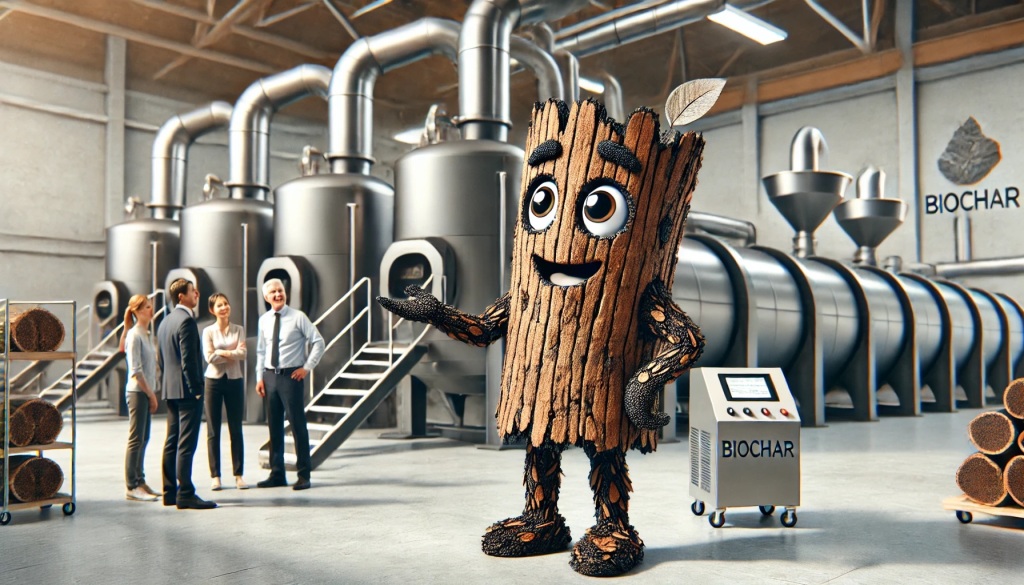Pia, H.I., Baek, N., Park, SW. et al. Luxury application of biochar does not enhance rice yield and methane mitigation: a review and data analysis. J Soils Sediments (2024). https://doi.org/10.1007/s11368-024-03830-w
Biochar has gained attention for its potential to improve soil properties, enhance crop yields, and mitigate greenhouse gas emissions. A recent study examined the effects of biochar application on rice yields and methane (CH4) emissions across varying application rates. While biochar application showed some benefits, the study concluded that higher application rates did not significantly enhance rice yield or reduce methane emissions.
The research analyzed data from multiple studies to investigate how different biochar application rates impact rice yield and CH4 emissions. Biochar, produced from various feedstocks through pyrolysis, is known to improve soil physicochemical properties. These properties can lead to better crop growth and soil carbon sequestration. However, the study aimed to determine whether increasing biochar application rates would proportionally increase these benefits.
Across application rates from 2 to 48 tons per hectare (t/ha), the results indicated a modest increase in rice yield by 10.8%. Concurrently, area-scaled CH4 emissions decreased by 14.4% and yield-scaled CH4 emissions decreased by 22.2%. Despite these changes, the correlation between biochar application rates and both rice yield and CH4 mitigation was not significant. This suggests that the positive effects of biochar on rice yield and CH4 emissions do not scale linearly with the amount applied.
A closer look at the data revealed that the per-unit effectiveness of biochar in enhancing rice yield and reducing CH4 emissions diminishes with higher application rates. One reason for this is the presence of toxic compounds in biochar that can adversely affect soil and plant health. Additionally, higher rates of biochar application may lead to nutrient immobilization, making it less available for plant uptake.
The study highlighted the need for more strategic and economical use of biochar. Annual applications at lower rates, such as 2 t/ha, were suggested as more effective and sustainable for long-term yield improvement and CH4 mitigation. This approach avoids the potential negative impacts of heavy biochar applications, such as the accumulation of toxic substances and excessive nutrient binding.
Biochar’s influence on soil properties such as bulk density, pH, and nutrient concentrations was also examined. Biochar application generally decreased soil bulk density and increased pH, available phosphorus, ammonium, nitrate, and microbial biomass carbon. These changes create a more favorable environment for plant growth and can alter microbial activity in the soil, reducing methane production by methanogens and increasing methane oxidation by methanotrophs.
Different biochar feedstocks and pyrolysis temperatures were compared to determine their effects on rice yield and CH4 emissions. Biochar from rice husk, due to its high lignin and silica content, was found to be slightly more effective than other feedstocks, although the differences were not statistically significant. High pyrolysis temperatures generally produce biochar with better soil amendment properties, but also higher levels of potentially harmful compounds.
In conclusion, while biochar application has the potential to improve rice yields and reduce methane emissions, higher application rates do not necessarily translate to greater benefits. The study suggests that a more balanced approach, with lower annual application rates, can provide sustainable improvements without the adverse effects associated with heavy biochar use. Future research should focus on optimizing application rates and understanding long-term impacts on soil health and crop productivity.






Leave a comment